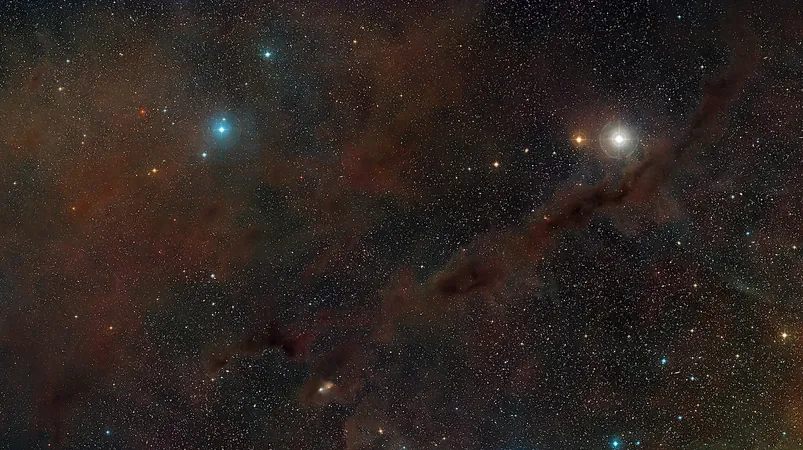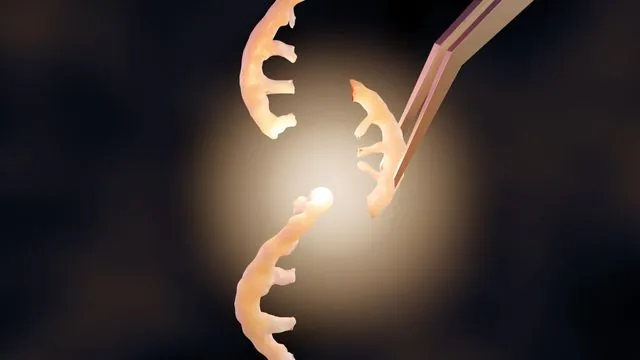
Unveiling the Mysteries of Organic Molecules in Space
2025-06-10
Author: William
The Space Frontier of Organic Chemistry
In a groundbreaking discovery, scientists have detected tiny polycyclic aromatic hydrocarbons (PAHs) in the vast expanses of interstellar clouds. Using advanced radio astronomy techniques and the cutting-edge James Webb Space Telescope (JWST), researchers are shedding light on these elusive molecules like never before.
A Cosmic Abundance of PAHs
Evidence suggests that PAHs are not just rare occurrences but rather a significant part of our galaxy's chemical makeup. Data gathered from both the Spitzer Space Telescope and JWST indicate that an astonishing 20% of the carbon in our galaxy exists in the form of these complex organic compounds.
Decoding Unique Molecules
Although fewer than ten specific PAH molecules have been conclusively identified in space—primarily within the Taurus Molecular Cloud 1 (TMC-1)—the findings challenge previous astrophysical models. Current discoveries include 1-cyanonaphthalene, 2-cyanonaphthalene, indene, and more, leading scientists to reconsider the stability and formation processes of these molecules.
A Call for a Paradigm Shift
The quantities of these PAHs found are significantly greater than models had predicted, suggesting that our understanding of how these molecules are both formed and destroyed in space needs a fundamental reassessment. Scientists are realizing that either the mechanisms that break down these molecules are less effective than thought, or the ways in which new molecules form in cosmic environments are more efficient than previously recognized.
The Future of Astrobiology and Astrochemistry
This new frontier opens exciting possibilities for both astrobiology and astrochemistry, sparking fresh debates on the origins of organic life and the chemistry of the cosmos. As exploration continues, these findings could fundamentally alter our comprehension of the building blocks of life, challenging what we thought we knew about organic chemistry beyond Earth.









 Brasil (PT)
Brasil (PT)
 Canada (EN)
Canada (EN)
 Chile (ES)
Chile (ES)
 Česko (CS)
Česko (CS)
 대한민국 (KO)
대한민국 (KO)
 España (ES)
España (ES)
 France (FR)
France (FR)
 Hong Kong (EN)
Hong Kong (EN)
 Italia (IT)
Italia (IT)
 日本 (JA)
日本 (JA)
 Magyarország (HU)
Magyarország (HU)
 Norge (NO)
Norge (NO)
 Polska (PL)
Polska (PL)
 Schweiz (DE)
Schweiz (DE)
 Singapore (EN)
Singapore (EN)
 Sverige (SV)
Sverige (SV)
 Suomi (FI)
Suomi (FI)
 Türkiye (TR)
Türkiye (TR)
 الإمارات العربية المتحدة (AR)
الإمارات العربية المتحدة (AR)